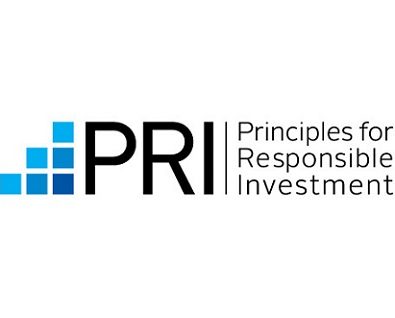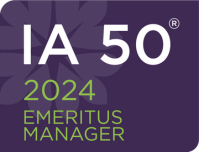Right now, a lot of people are very excited about the future of technologies like AR, VR, AI, and autonomous vehicles. However, as I’ve written before, most of these technologies are relatively useless without contextual awareness. I have also written in the past about the importance of image sensors and how they enable AI and autonomous systems to better understand the world around them. Combining location awareness and vision is incredibly difficult and is fundamentally what enables app developers to anchor digital assets in the real world for augmented reality. There are currently only two companies capable of doing this— GoogleGOOGL ‑0.66% and Mapbox. Today I wanted to talk about the lesser known of the two.
Mapbox announces new SDKs and partnerships
Mapbox has a leg up on Google in that it provides more flexible options for linking image sensors and contextual awareness. Just in the last month, Mapbox announced numerous partnerships and initiatives to further improve location awareness. First, Mapbox announced a partnership with the world leader in mobile chip design, Arm, to implement its new Vision SDK. Mapbox claims the Vision SDK will provide a fusion of visual and location data to improve the accuracy and overall experience of AR. The Vision SDK is arguably one of the biggest announcements out of Mapbox in quite some time—it expands the company’s capabilities while also giving its developers more tools to work with when it comes to live location. It will help developers enable more robust AR in places like automotive navigation. The more developers utilize Mapbox’s platform in their applications, the more Mapbox will thrive.
To read the full article, visit Forbes











